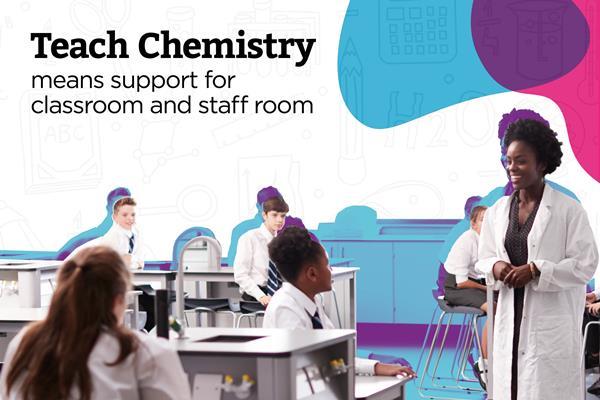Is thorium the perfect fuel?

Mike Follows discusses the advantages nuclear reactors fuelled by liquid thorium salts may offer over the ones currently used to power homes and businesses
In 1989, two chemical engineers – Martin Fleischmann and Stanley Pons – announced they had carried out the first nuclear fusion experiments at room temperature (cold fusion) which, they hoped, would steal a march on physicists researching fusion at high temperatures. Sadly, problems with the experiments were identified and the scientific community debunked their claims. However, chemists now have another opportunity to become the driving force behind an environmentally-friendly nuclear reactor.
The liquid fluoride thorium reactor (LFTR – pronounced lifters) was first developed in the 1950s by Alvin Weinberg at Oak Ridge National Laboratory, US. This is a type of thorium molten salt reactor and is essentially a chemical plant. The development of LFTRs was soon mothballed because they did not produce very much of the plutonium required to feed the nuclear arms race between the US and the USSR. A LFTR has never been used commercially. Instead, the pressurised water reactor (PWR) was widely adopted. This type of reactor produces plutonium and was also a more natural evolution of the nuclear weapons research undertaken as part of the US-led Manhattan Project during the second world war and for the power plant in the first nuclear-powered submarine, USS Nautilus, commissioned in 1954.
There are 441 nuclear reactors worldwide, meeting about 5% of the global demand for energy and 13% of the world’s electricity supply. The majority of these have PWRs. Some countries are now starting to re-explore LFTR technology to see if commercialisation is possible, due to the many advantages it is expected to offer over PWRs.
Mike Follows discusses the advantages nuclear reactors fuelled by liquid thorium salts may offer over the ones currently used to power homes and businesses, going inside a LTR, and considering the future of nuclear power.
Thanks for using Education in Chemistry. You can view one Education in Chemistry article per month as a visitor.

Register for Teach Chemistry for free, unlimited access
Registration is open to all teachers and technicians at secondary schools, colleges and teacher training institutions in the UK and Ireland.
Get all this, plus much more:
- unlimited access to resources, core practical videos and Education in Chemistry articles
- teacher well-being toolkit, personal development resources and online assessments
- applications for funding to support your lessons
Already a Teach Chemistry member? Sign in now.
Not eligible for Teach Chemistry? Sign up for a personal account instead, or you can also access all our resources with Royal Society of Chemistry membership.


